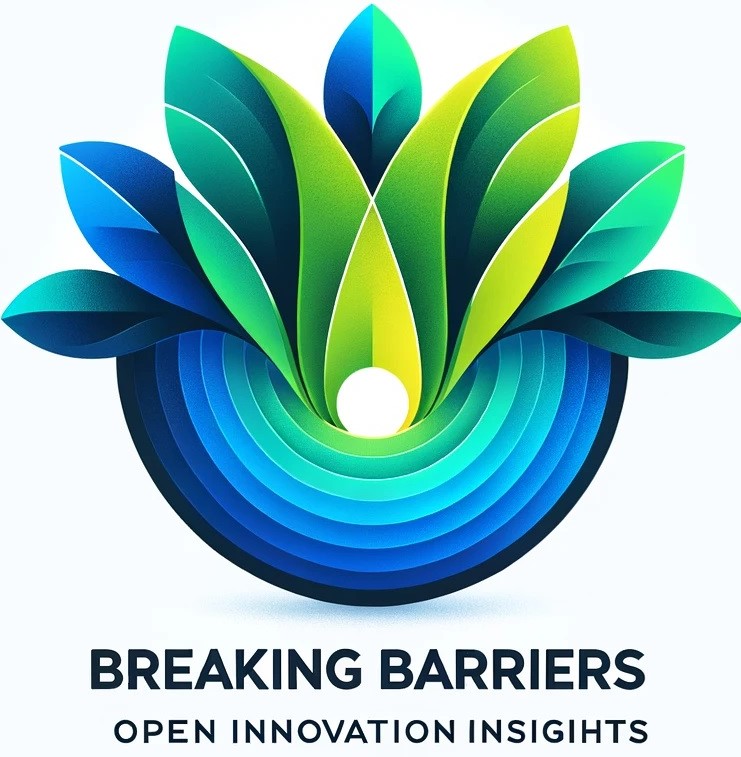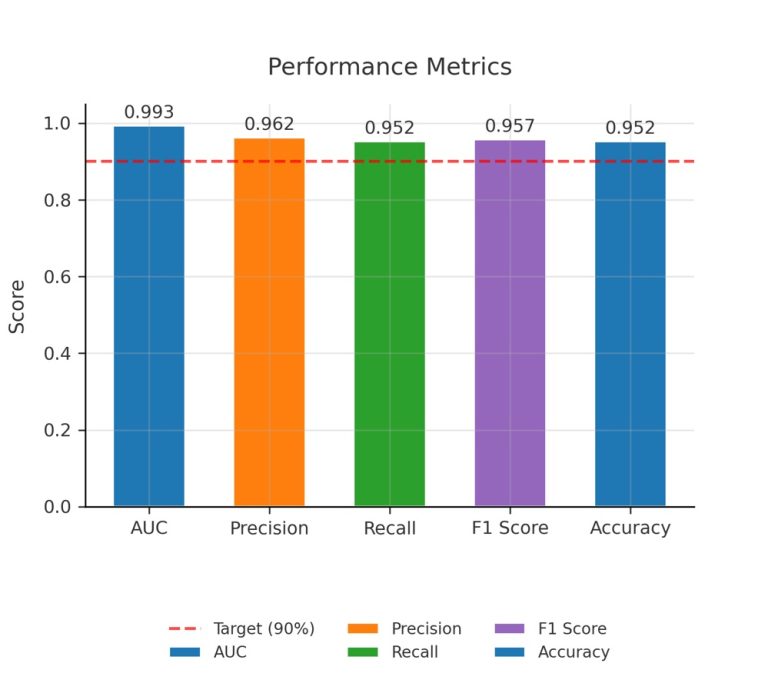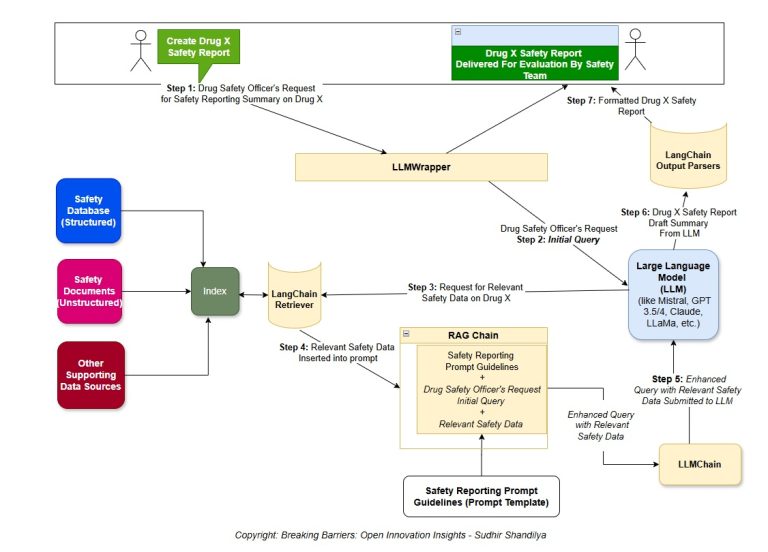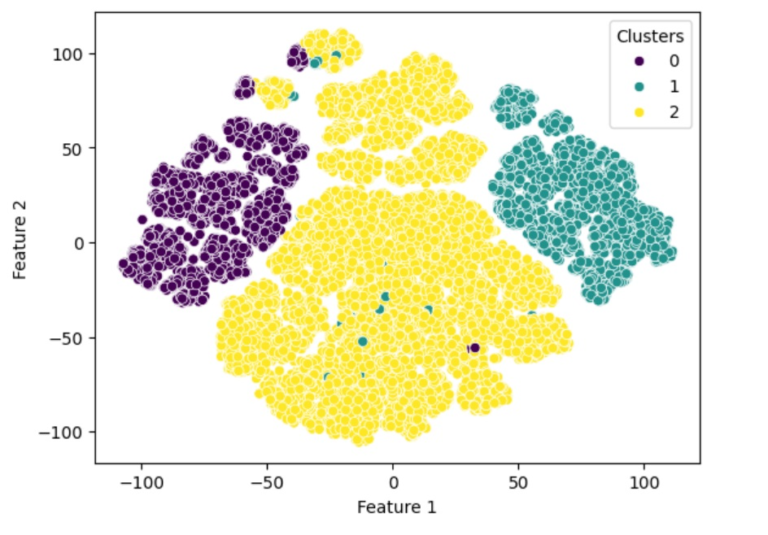
As organizations undergo rapid digital transformations, the agile mindset stands out as the core competency for project success. Central to agile’ s effectiveness is the principle of active customer engagement. A customer’s direct feedback clarifies requirements, helps prioritize features, and ensures that the built product meets their expectations. Yet, there are times when the pivotal voice of the customer is absent from the testing and development stages.
Does this spell the end of the project? Not necessarily. Alternate approaches to requirements understanding, backlog refinement, and testing can fill the void.
When Customers Step Back: The Alternate Backlog Refinement Approach
In an ideal agile world, a project is driven forward by constant interaction with the customer, ensuring the final product meets their need. However, when this interaction is lacking, the project does not have to come to a standstill. Development can continue with clarity and purpose by pivoting strategies and relying on various stakeholders. Let us see what these strategies could be.
Engage other internal/external groups.
Engaging individuals or groups within and outside the organization with a personal stake in the product. These stakeholders possess valuable knowledge and insights to shape product development even without direct customer input. Example: Consider a company building a CRM tool. The end customer might be another business that plans to use this tool, but they are currently unavailable for feedback. In this scenario:
- Product Managers: Given their deep understanding of market needs, a product manager might highlight the importance of integrating AI-driven analytics into the CRM, as they believe this will give their tool a competitive edge.
- Sales Teams: Being on the front lines, they can share feedback from potential clients. For example, they might have heard prospects mention the importance of a mobile-responsive CRM.
- User Representatives: Employees from different departments could be considered users if the CRM is also intended for internal use. They can offer insights on features they believe will improve their daily tasks, such as an intuitive dashboard or integration capabilities with other tools.
Develop Personas
Creating fictional characters for your potential users. These can be built from existing data and research. Personas bring users to life, offering a tangible guide for development when direct user feedback is lacking. Example: In the context of a healthcare software project aimed at hospital management:
- Nurse Nancy: A mid-level nurse with ten years of experience. She wants quick access to patient histories and a more straightforward method to update daily patient notes. The software should prioritize features that streamline these tasks.
- Doctor Dave: A senior doctor juggling between patient consultations and administrative tasks. He needs features that allow him to delegate tasks, set reminders, and integrate with other diagnostic software. Knowing this, the development team might prioritize building a robust task delegation module.
Competitor Analysis
Evaluating competitors’ products to identify their strengths and weaknesses compared to your own. It provides insights into industry standards, user expectations, and potential areas for differentiation. Example: Let’s say you’re building an e-commerce platform. Upon researching, you find:
- One-Click Checkouts: A major competitor recently introduced a one-click checkout feature that has received positive feedback for simplifying the buying process.
- Customer Reviews: Another rival platform boasts an advanced customer review system where users can upload images videos, and rank products on multiple parameters.
Tackling Testing Without the Direct Customer Input
Navigating the testing phase without direct customer involvement can seem daunting. But with the right strategies, it’s more than feasible:
- Shift Left Testing: Embracing a proactive approach, testing can begin as early as the user story definition phase. This helps in the early detection of issues. For instance, testers can start devising test cases immediately after a user story is fleshed out, even if coding has not commenced.
- Risk-Based Testing: This strategy prioritizes testing based on the potential risk associated with each feature. In a banking app, while features like fund transfers demand meticulous testing due to their critical nature, others might be lower on the priority list, like updating a profile picture.
- Automated Testing: Without continuous customer feedback, automated tests become the safety net, ensuring the software’s proper functioning. After every code update, the automated suite can check that no existing functionality has been adversely affected.
- Beta Testing: Some users can test the product in real-world conditions even if the primary customer isn’t involved. For instance, launching a beta version of a new mobile app can unearth issues that may have been overlooked.
- Exploratory Testing: Freeform testing, where testers chart their paths without a set script, can discover unanticipated glitches. It’s akin to a new user trying out different features and combinations to explore the system’s robustness.
- Usability Testing with Internal Teams: Engaging internal teams to experience the product offers a fresh perspective. A marketing or finance team member using the software can provide valuable insights about its intuitiveness and user-friendliness.
While the gold standard in agile stays active customer engagement, the road continues even if they step back. By harnessing the collective insights of stakeholders, adopting innovative backlog refinement techniques, and implementing robust testing strategies, agile teams can continue to build products that not only match but potentially exceed market and user expectations.
The agile landscape, focusing on adaptation and continuous improvement, provides the tools and methodologies to navigate challenges, including the absence of customer engagement. By embracing these alternate approaches, businesses can ensure that their digital transformation journey remains on track, delivering products that resonate with users and stand out in the marketplace.











